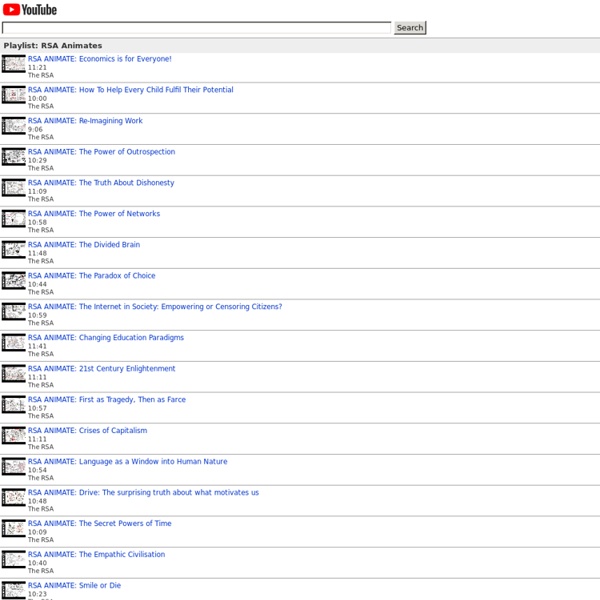



Mathematical beauty Mathematical beauty describes the notion that some mathematicians may derive aesthetic pleasure from their work, and from mathematics in general. They express this pleasure by describing mathematics (or, at least, some aspect of mathematics) as beautiful. Sometimes mathematicians describe mathematics as an art form or, at a minimum, as a creative activity. Comparisons are often made with music and poetry. Bertrand Russell expressed his sense of mathematical beauty in these words: Mathematics, rightly viewed, possesses not only truth, but supreme beauty — a beauty cold and austere, like that of sculpture, without appeal to any part of our weaker nature, without the gorgeous trappings of painting or music, yet sublimely pure, and capable of a stern perfection such as only the greatest art can show. Beauty in method[edit] Mathematicians describe an especially pleasing method of proof as elegant. Beauty in results[edit] The opposite of deep is trivial. Perhaps ironically, Monastyrsky writes:
Ineffability Notable quotations[edit] "Whereof one cannot speak, thereof one must be silent." — Ludwig Wittgenstein "Tao can be told but any definition given is not perpetual; the name can be named but whatever name given is not perpetual." — Chapter One, Tao Te Ching "My life, the most truthful one, is unrecognizable, extremely interior, and there is no single word that gives it meaning." — Clarice Lispector "Moses said to God, 'Suppose I go to the Israelites and say to them, "The God of your fathers has sent me to you," and they ask me, ‘What is his name?’ Then what shall I tell them?” “Let's think the unthinkable, let's do the undoable. Things said[by whom?] Things said to be essentially incommunicable[edit] Things said to be incomprehensibly incommunicable[edit] Things whose expression are regarded as sacred, or otherwise socially prohibited[edit] The name of a god or gods, in some religions[1]The Tetragrammaton (יהוה, by orthodox Jewish tradition) See also[edit] References[edit]
Contrasting and categorization of emotions The contrasting and categorisation of emotions describes how emotions are thought to relate to each other. Various recent proposals of such groupings are described in the following sections. Contrasting basic emotions[edit] The following table,[1] based on a wide review of current theories, identifies and contrasts the fundamental emotions according to a set of definite criteria. The three key criteria used include mental experiences that: have a strongly motivating subjective quality like pleasure or pain;are in response to some event or object that is either real or imagined;motivate particular kinds of behaviour. The combination of these attributes distinguish the emotions from sensations, feelings and moods. HUMAINE's proposal for EARL (Emotion Annotation and Representation Language)[edit] The emotion annotation and representation language (EARL) proposed by the Human-Machine Interaction Network on Emotion (HUMAINE) classifies 48 emotions.[2] Parrott's emotions by groups[edit]
Dunning–Kruger effect Cognitive bias about one's own skill The Dunning–Kruger effect is a cognitive bias in which people with limited competence in a particular domain overestimate their abilities. Some researchers also include the opposite effect for high performers: their tendency to underestimate their skills. The Dunning–Kruger effect is usually measured by comparing self-assessment with objective performance. There are disagreements about what causes the Dunning–Kruger effect. There are disagreements about the Dunning–Kruger effect's magnitude and practical consequences. Definition[edit] The Dunning–Kruger effect is defined as the tendency of people with low ability in a specific area to give overly positive assessments of this ability. Not knowing the scope of your own ignorance is part of the human condition. David Dunning Some researchers include a metacognitive component in their definition. Measurement, analysis, and investigated tasks[edit] Explanations[edit] [edit] Statistical[edit] Rational[edit]
The Unreasonable Effectiveness of Mathematics in the Natural Sciences The Unreasonable Effectiveness of Mathematics in the Natural Sciences is the title of an article published in 1960 by the physicist Eugene Wigner.[1] In the paper, Wigner observed that the mathematical structure of a physical theory often points the way to further advances in that theory and even to empirical predictions. The miracle of mathematics in the natural sciences[edit] Wigner begins his paper with the belief, common to all those familiar with mathematics, that mathematical concepts have applicability far beyond the context in which they were originally developed. Based on his experience, he says "it is important to point out that the mathematical formulation of the physicist’s often crude experience leads in an uncanny number of cases to an amazingly accurate description of a large class of phenomena." He then invokes the fundamental law of gravitation as an example. The deep connection between science and mathematics[edit] Responses to Wigner's original paper[edit] 1. 3. 4.